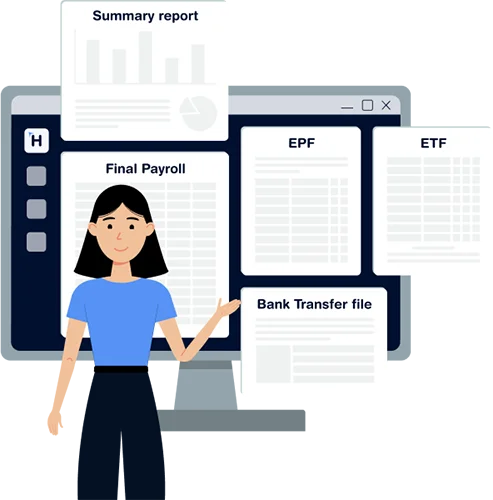In many SMEs, overtime and no-pay leave are handled on the fly, with hours scribbled in notebooks, verbal approvals given without records, or spreadsheets passed between departments. But when it comes to payroll time, this scattered information can lead to underpayment, overpayment, or disputes.
Getting overtime and no-pay calculations right is critical for payroll accuracy, employee trust, and compliance with labour law. Whether you’re running payroll manually or using software, here’s a guide to calculating these two key components correctly.
Start With Accurate Time and Attendance Tracking
The foundation of all OT and no-pay calculations is accurate attendance data. This might come from a biometric system, manual timesheets, or even a punch card.
Whatever your method, make sure it’s:
- Updated daily
- Verified by supervisors or HR
- Easily accessible during payroll processing
Without reliable time data, you’re relying on guesswork and this can lead to payroll mistakes.
How Overtime Is Typically Calculated
In Sri Lanka, the standard overtime (OT) rate is 1.5 times the basic hourly wage. Let’s take an example of an employee earning Rs. 80,000 per month and working 8 hours a day.
- Monthly working hours = 8 hours/day × 26 working days = 208 hours
- Hourly rate = Rs. 80,000 ÷ 208 = Rs. 384.61
- OT rate = Rs. 384.61 × 1.5 = Rs. 576.92 per extra hour
So, if the employee works 10 hours of overtime in a month, the additional pay would be:
- 10 × Rs. 576.92 = Rs. 5,769.20
This amount would be added to the gross salary for that month.
This base rate may change depending on whether OT is performed on a weekday, weekend, or public holiday. Some companies offer double pay for weekends or shift-based bonuses.
Make sure your payroll system or spreadsheet accounts for these scenarios, especially if you work with shift-based or hourly staff.
How No-Pay Deductions Are Applied
No-pay leave is typically deducted based on the number of working days missed during the month, assuming the employee has exhausted their paid leave entitlement.
Let’s say an employee earns Rs. 100,000 per month and the company operates on a 26-working-day cycle.
- Per-day salary = Rs. 100,000 ÷ 26 = Rs. 3,846.15
- If the employee takes 2 days of no-pay leave:
2 × Rs. 3,846.15 = Rs. 7,692.30 deduction
This amount would be subtracted from the gross salary for the month, resulting in an adjusted net salary.
Some SMEs apply this based on calendar days or use different day-count methods (e.g. 30-day month). It’s important to apply the method consistently to avoid employee confusion or audit issues.
Use Payroll Software with Built-In Calculations
If you’re using payroll software, it should be able to:
- Import time and attendance records
- Automatically calculate OT hours and rates
- Apply no-pay deductions based on approved leave
- Show these breakdowns clearly on payslips
This eliminates manual math and ensures that both overtime work and absences are reflected accurately in the final salary.
Communicate Clearly with Employees
One area SMEs often overlook is transparency. Whether an employee is working late or taking time off, they want to know how it impacts their pay.
Always:
- Show overtime and no-pay separately in the payslip
- Share policies for how rates and deductions are calculated
- Offer a channel (email or HR rep) for salary-related queries
This helps build trust and reduces unnecessary back-and-forth after salary day.
Accuracy Builds Employee Confidence
Payroll errors related to overtime or no-pay can damage morale quickly. Employees may feel they’re being taken advantage of or that the system is unfair.
By applying clear, consistent, and automated methods for these calculations, you reduce disputes, save time, and ensure your business is seen as reliable, both internally and externally.
Whether you’re managing a service-based team, a small production line, or a hybrid workforce, accurate OT and no-pay handling is essential to running payroll well.



